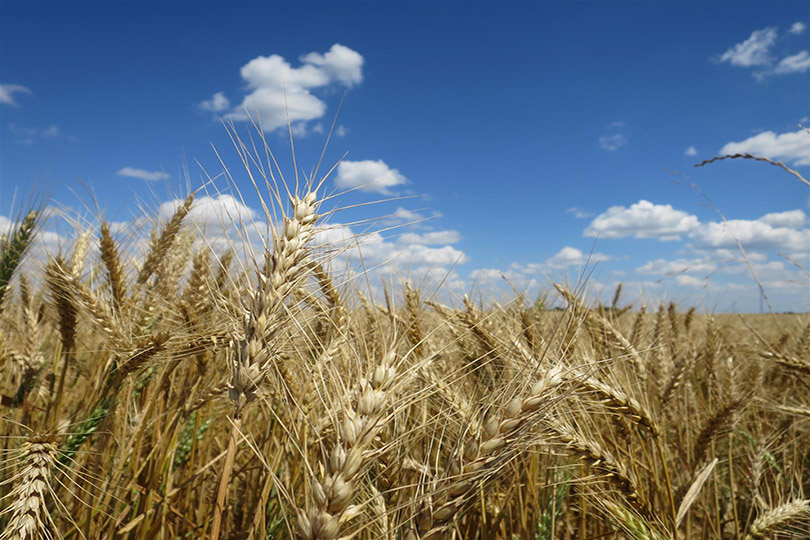The U.S. had the lowest planted wheat acreage in 2017, according to U.S. Department of Agriculture data. Wheat acreage is likely to remain static or decrease slightly in the Lone Star State due to low wheat prices, according to Dr. Clark Neely, Texas A&M AgriLife Extension state small grains specialist in College Station.
Neely told AgriLife Today that wheat farmers globally were expected to provide an overabundance of the commodity, which should keep prices low for the foreseeable future.
“It’s tough to make money in wheat right now,” Neely said. “Until someone has a natural disaster or the other producing regions of the world begin cutting back acreage, it’s likely that we won’t see prices improve.”
Texas growers planted 4.7 million acres of wheat for grain production and grazing last year, according to Neely. This was the lowest planted acreage for the state in more than four decades.
Neely said the price of cash wheat in Texas remains around $3.71 per bushel compared to $6-$7 per bushel in 2014.
He suspects some growers will forego planting acres because the break-even price is around $5 to $5.50 per bushel.
He said some farmers may try to cut back on input costs to make the crop pencil out.
Most of the state is reporting good subsoil moisture, according to Neely. Farmers in the Rolling Plains and High Plains regions are hoping for rain to improve topsoil conditions before planting acres for grazing.
“They’re just getting started in the High Plains, and most of the state has good, deep soil moisture,” Neely said. “They just need a little rain to get the plants up and going in dryland fields.”
Neely said harvested acres depend on moisture levels. If farmers feel grain yield potentials are low after a dry spring, they could use acreage for grazing.
He said some farmers who cut back on input costs were docked last year for low protein content as a result of inadequate fertilization and average or above-average yields from favorable rainfall.
He said farmers may want to consider planting a wheat streak mosaic resistant variety after above-average summer rains in the High Plains.

